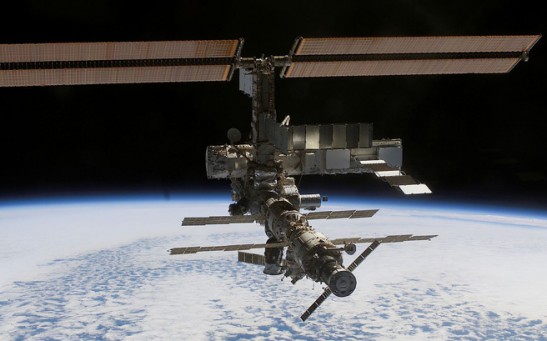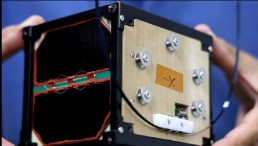space
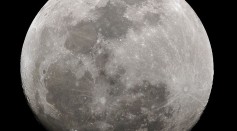
China’s Space Program Reaches New Milestone on the Moon

NASA Researchers Bring Exoplanets to Life in Kepler Style
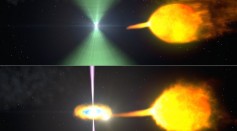
Vanishing Pulsar Locked in Stellar Tug-Of-War
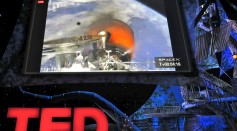
Off With a Boom, and Back with a Crash — SpaceX Mission
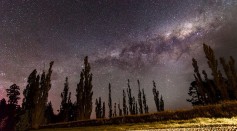
"Spin, Spin, Spinning Around": A New Method On How We Measure Stars
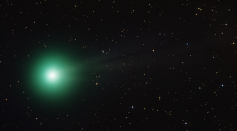
Follow-Up on the Comet Lovejoy (5 W's and When is the Best Time to View it)
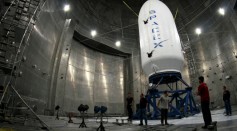
Can SpaceX Deliver on Its Ambitious 2015 Goals?
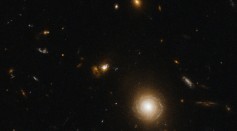
Light Signals Discovered by NASA Reveal The Merging of Two Black Holes
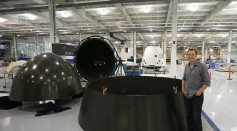
SpaceX—Elon Musk Tries to Change Spaceflight Forever
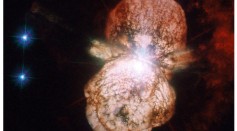
Mystery of Constellation Carina's Massive Explosions Revealed in 3D Models
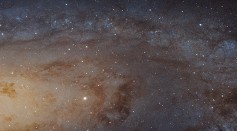
NASA Researchers Resolve Every Star in New Panoramic View of Andromeda

Alien Earth with Red Sun Discovered Close to Home
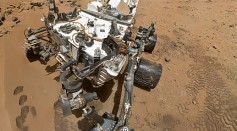
Curiosity Rover Uncovers Potential Fossils on Mars
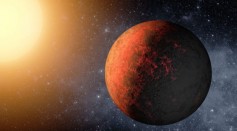
In Search of Life, Researchers Find Perfect Recipe for Earth-like Planets
Most Popular

The Role of AI in the Next Generation of Logistics: Insights from Tobias Waldhecker

Alzheimer's Treatment Drug Lecanemab Found to Increase Death Risk, New Research Shows

Cloned Black-Footed Ferret Gives Birth to Two Healthy Kits

Optimizing Complex Catalog Systems with Graph Theory and Indexing

